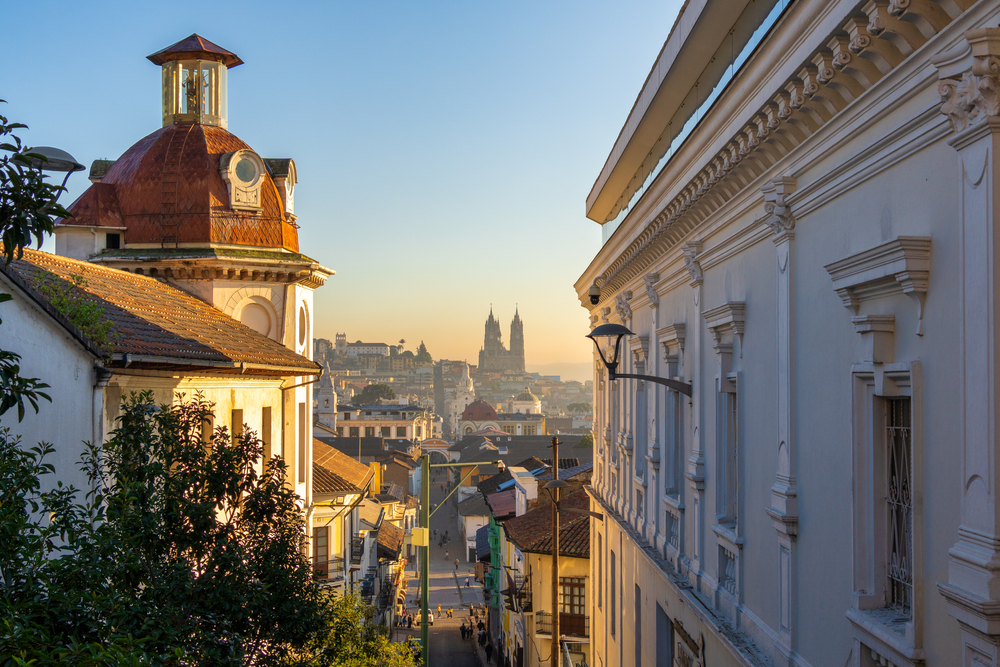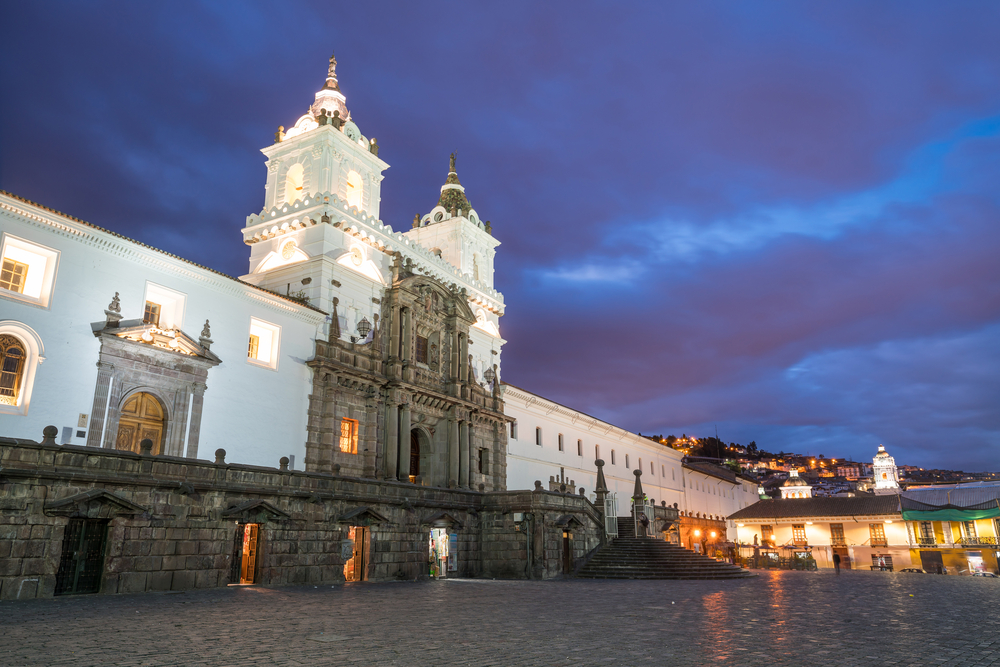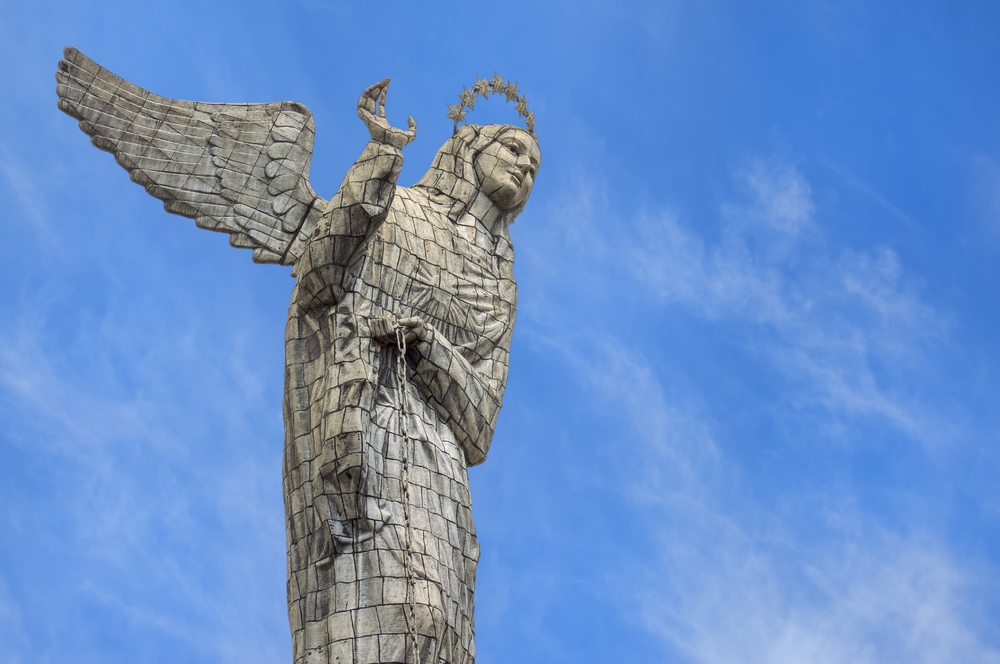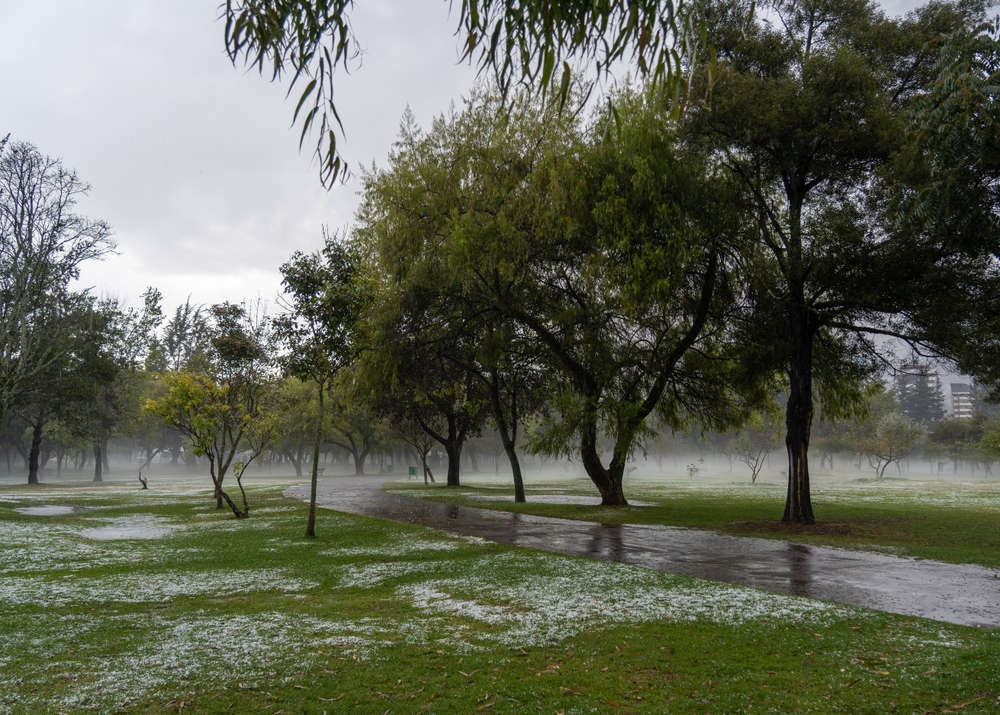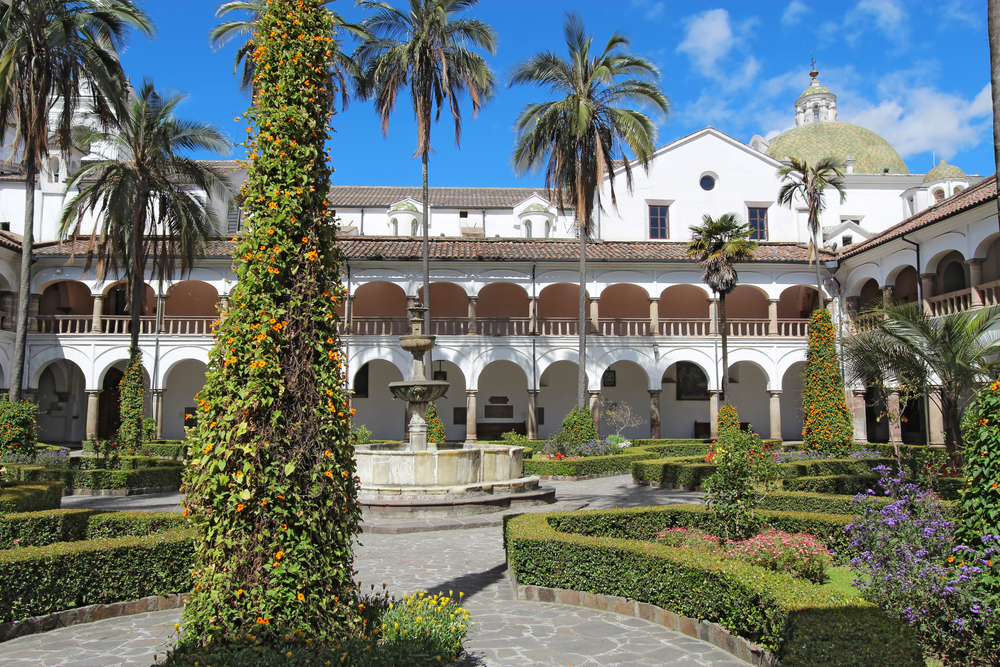- Details
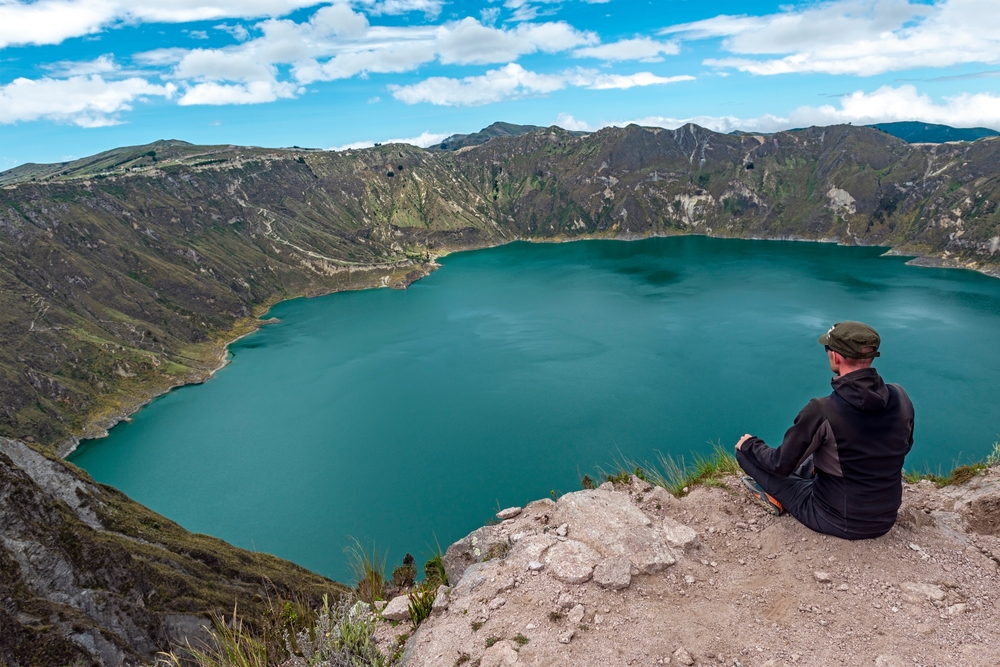
Nestled in the heart of the Andean mountains, Quito, the capital city of Ecuador, is renowned for its rich history, stunning architecture, and vibrant culture. As a UNESCO World Heritage Site, Quito is celebrated not only for its historical significance but also for its breathtaking views and unique blend of indigenous and colonial influences. This article will guide you through the remarkable attributes of Quito, from its historic center to its outdoor adventures, ensuring you have a comprehensive understanding of this captivating city.
What Makes the City of Quito a UNESCO World Heritage Site?
Historical Significance of Quito
The historical significance of Quito dates back to its founding in 1534, which marked the establishment of one of the first Spanish colonies in the Americas. This city, located at an altitude of approximately 2,850 meters above sea level, played a crucial role in the Spanish colonial empire and later became a center for the struggle for independence in Latin America. The rich tapestry of history in Quito is evident in its well-preserved architecture and the stories that echo through its streets. In 1809, Quito became the seat of the first independent government in Ecuador, setting the stage for the country's eventual liberation from Spanish rule. The convergence of colonial and indigenous histories makes Quito a significant point of interest for historians and travelers alike.
Architectural Highlights in the Historic Centre
The historic centre of Quito is a treasure trove of architectural wonders, showcasing styles that span several centuries. Notable highlights include the magnificent churches and convents that dot the landscape, many of which were constructed in the 17th and 18th centuries. The Cathedral of Quito, with its impressive façade, stands as a testament to the city's colonial past. The Baroque architecture of La Compañía, with its intricate gold leaf interiors, is a must-see for anyone visiting the city. The historic centre of Quito was designated a UNESCO World Heritage Site in 1978, reflecting its exceptional cultural and architectural significance. The harmonious blend of Spanish Baroque and indigenous elements creates a unique aesthetic that captivates visitors from around the world.
Cultural Heritage and Inca Influence
The cultural heritage of Quito is deeply intertwined with its Inca roots. Before the Spanish arrived, Quito was a vital part of the Inca Empire, serving as a strategic location due to its proximity to the equator. The remnants of Inca influence can still be seen in the layout of the city and in the local traditions that persist today. The blending of Inca customs with Spanish colonial practices has resulted in a vibrant culture celebrated through festivals, music, and art. The city of Quito serves as a living museum, where the past and present coexist, offering a rich exploration of Ecuador’s history and the legacy of the Inca civilization.
What Are the Must-See Attractions in Quito?
Visiting San Francisco de Quito
One of the must-see attractions in Quito is the iconic San Francisco de Quito, a stunning colonial church and convent complex located in the heart of the city. This site is not only architecturally significant but also holds deep cultural importance. The church's impressive façade and intricately designed interiors showcase the Baroque style that characterizes much of Quito's religious architecture. Visitors can explore the convent's museum, which houses a collection of religious art and artifacts that provide insight into the city's colonial past. San Francisco de Quito is a perfect starting point for anyone looking to dive into the rich history and culture that define the capital of Ecuador.
Exploring La Compañía and its Baroque Architecture
La Compañía de Jesús is another iconic landmark that should not be missed. This Jesuit church is often regarded as one of the finest examples of Baroque architecture in all of Latin America. The church's interior is adorned with an astonishing amount of gold leaf, creating a dazzling effect that leaves visitors in awe. The meticulous craftsmanship and attention to detail reflect the artistic heritage of the period, making La Compañía a highlight of any Quito travel itinerary. As you explore this architectural masterpiece, you’ll gain a deeper understanding of the religious and cultural influences that shaped the city.
Discovering the Panecillo and its Historic Significance
Overlooking the city of Quito is El Panecillo, a prominent hill crowned by a statue of the Virgin Mary. This landmark not only offers breathtaking panoramic views of the city against the backdrop of the Pichincha volcano but also holds historical significance as a site of indigenous resistance during the Spanish conquest. The statue itself, known as the Virgin of the Apocalypse, symbolizes protection over Quito and serves as a reminder of the city’s spiritual and cultural identity. Visitors can hike to the summit of El Panecillo, enjoying the scenic vistas and exploring the surrounding area, which is rich in history and local culture.
How to Experience Quito's Unique Culture?
Local Festivals and Celebrations in the City
To truly experience the unique culture of Quito, participating in local festivals is a must. Throughout the year, the city comes alive with vibrant celebrations that showcase Ecuadorian traditions. One of the most significant events is the Fiestas de Quito, celebrated in early December, which commemorates the founding of the city. During this festival, the streets are filled with parades, traditional music, and dance performances that highlight the rich cultural heritage of the capital. Additionally, the Inti Raymi festival, celebrating the Inca sun god, reflects the indigenous roots of the region and is characterized by colorful costumes and rituals. Engaging in these festivities allows visitors to connect with the locals and gain a deeper appreciation for Quito’s cultural tapestry.
Traditional Cuisine to Try in Quito
Another way to immerse yourself in Quito's culture is by indulging in traditional Ecuadorian cuisine. The capital city offers a culinary experience that reflects the diverse flavors of the Andean region. Local dishes such as locro de papa, a hearty potato soup, and fritada, marinated pork served with corn and plantains, are must-tries. Additionally, the street food scene in Quito is vibrant, with options ranging from empanadas to llapingachos (potato pancakes). Exploring the local markets, such as Mercado Central, allows visitors to taste authentic flavors while interacting with the friendly locals, enhancing the cultural experience.
Art and Music Scene in the Capital City
The art and music scene in Quito is dynamic and diverse, providing a platform for both traditional and contemporary expressions. Local galleries and cultural centers host exhibitions showcasing the work of Ecuadorian artists, reflecting the country’s rich creativity. Music plays an integral role in Quito’s culture, with various genres ranging from traditional Andean folk music to modern Latin pop. Visitors can enjoy live performances in venues across the city, particularly in La Mariscal, known for its vibrant nightlife. Engaging with the local art and music scene offers a glimpse into the heart and soul of Quito, making your visit even more memorable.
What Are the Best Outdoor Activities in Quito?
Hiking the Slopes of Pichincha Volcano
For outdoor enthusiasts, Quito’s proximity to natural wonders provides an array of activities to explore. Hiking the slopes of Pichincha Volcano is a popular choice, offering stunning vistas and the exhilarating experience of ascending a volcano. The trails vary in difficulty, catering to both novice and experienced hikers. As you trek through the Andean landscape, you’ll encounter diverse flora and fauna, with opportunities to spot unique wildlife native to the region. The panoramic views from the summit are breathtaking, providing a perfect backdrop for unforgettable photographs and a sense of accomplishment.
Exploring the Mitad del Mundo and Equatorial Attractions
Another outdoor adventure awaits at the Mitad del Mundo, a site that marks the equatorial line. Located just a short drive from Quito, this attraction allows visitors to stand in both the Northern and Southern Hemispheres simultaneously. The area features a monument and a museum that delve into the science and culture of the equator. Engaging in interactive exhibits and guided tours provides a fun and educational experience for travelers of all ages. The Mitad del Mundo is not only a geographical landmark but also a symbol of Ecuador’s unique position straddling the equator.
Visiting La Carolina Park and Other Green Spaces
For those seeking a more relaxed outdoor experience, La Carolina Park is a beautiful urban green space located in the heart of Quito. This park is perfect for leisurely strolls, picnics, or simply unwinding amidst nature. With walking paths, playgrounds, and even a small lake, La Carolina offers a refreshing escape from the bustling city life. Additionally, the park hosts various events and markets, showcasing local crafts and delicious food. Other green spaces, such as Parque Metropolitano, provide ample opportunities for hiking, bird watching, and enjoying the stunning landscapes that surround the city.
What Should You Know Before Traveling to Quito?
Understanding Quito's Altitude and Health Tips
Before visiting the capital of Ecuador, it is essential to understand the implications of Quito's altitude. At roughly 2,850 meters above sea level, visitors may experience altitude sickness, which can include symptoms such as headaches and fatigue. To mitigate these effects, it is advisable to acclimatize gradually, stay hydrated, and avoid strenuous activities upon arrival. Many travelers find it helpful to consume coca tea, a traditional remedy used in the Andes to alleviate altitude-related discomfort. Being mindful of your body’s responses to the highland environment will ensure a more enjoyable experience while exploring the city.
Transportation Options Within the City of Quito
Getting around Quito is relatively easy, thanks to a variety of transportation options available to travelers. The city has an efficient public transport system, including buses and the modern Quito Metro, which connects key areas of the metropolitan district. Taxis and ride-sharing services are also widely accessible, providing convenient ways to navigate the city center and surrounding neighborhoods. For those who prefer a more personal experience, consider renting a bike to explore the scenic routes and parks. Understanding the transportation options will enhance your travel experience, making it easier to visit the many attractions that Quito has to offer.
Safety Tips for Travelers in Latin America
As with any travel destination, safety is a priority when visiting Quito. While the city is generally safe for tourists, it is essential to remain vigilant and aware of your surroundings, particularly in crowded areas. Keep your belongings secure and be cautious when using public transport, especially during peak hours. Familiarize yourself with local customs and regulations to ensure a respectful and enjoyable visit. Additionally, it's wise to consult travel advisories and seek recommendations from locals or your accommodation regarding safe areas to explore. By taking these precautions, travelers can fully enjoy the beauty and culture of Quito while minimizing risks.

